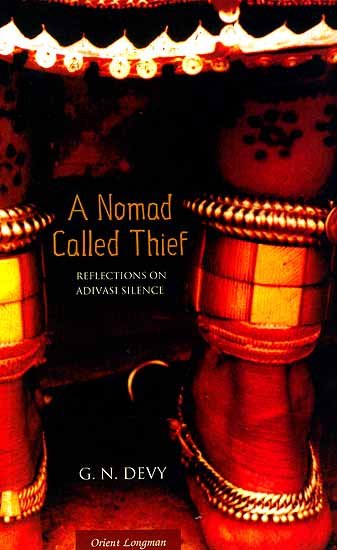https://archive.org/details/tribaldemography031951mbp
Tribal Demography In India
by Mamoria, C. B
Published [Allahabad] 1957
Topics SOCIAL SCIENCES, Theories and methods in social sciences, Methods of the social sciences
Publisher Kitab Mahal
Pages 182
Language English
Book contributor Osmania UniversityFOREWORD
For some strange reason, all the studies on Indian demography, have hitherto ignored the question of India’s aboriginal population. In fact, many do not know that we have in our country more than fifty million aboriginals, the descendants of some of the original settlers and earliest inhabitants of India. – S. Chandrasekhar (M.A., Ph.D.), Director, Indian Institute for Population Studies, Madras, 15th August, 1957.
Source: Full text of “Tribal Demography In India”
Address: https://archive.org/
Date Visited: 7 March 2021

Reflections on Adivasi Silence and Voice by Ganesh [G.N.] Devy | Publications >>
Up-to-date reports by Indian journalists and commentators
To search Indian periodicals, magazines, web portals and other sources safely, click here. To find an Indian PhD thesis on a particular tribal community, region and related issues, click here >>
Search tips
Combine the name of any particular state, language or region with that of any tribal (Adivasi) community.
Add keywords of special interest (music, poetry, dance just as health, sacred grove and biodiversity); learn about the rights of Scheduled Tribes such as the “Forest Rights Act” (FRA); and the United Nations “Declaration on the Rights of Indigenous Peoples”, “Universal Declaration of Human Rights”, “women’s rights”, or “children’s right to education”.
Specify any other issue or news item you want to learn more about (biodiversity, bonded labour and human trafficking, climate change, ecology, economic development, ethnobotany, ethnomedicine, global warming, hunter-gatherers in a particular region or state, prevention of rural poverty, water access).
For official figures include “scheduled tribe ST” along with a union state or region: e.g. “Chhattisgarh ST community”, “Himalayan tribe”, “Scheduled tribe Tamil Nadu census”, “ST Kerala census”, “Particularly Vulnerable Tribal Group Jharkhand”, “PVTG Rajasthan”, “Adivasi ST Kerala”, “Adibasi ST West Bengal” etc.
In case the Google Custom Search window is not displayed here try the following: (1) toggle between “Reader” and regular viewing; (2) in your browser’s Security settings select “Enable JavaScript” | More tips >>
Note: hyperlinks and quotes are meant for fact-checking and information purposes only | Disclaimer >>
See also
Adverse inclusion | Casteism | Rural poverty
Demographic Status of Scheduled Tribe Population of India (Census figures 2011)
Fact checking | Figures, census and other statistics
Human Rights Commission (posts) | www.nhrc.nic.in (Government of India)
Search tips | Names of tribal communities, regions and states of India
“What is the Forest Rights Act about?” – Campaign for Survival and Dignity
“Who are Scheduled Tribes?” – Government of India (National Commission for Scheduled Tribes, NCST)